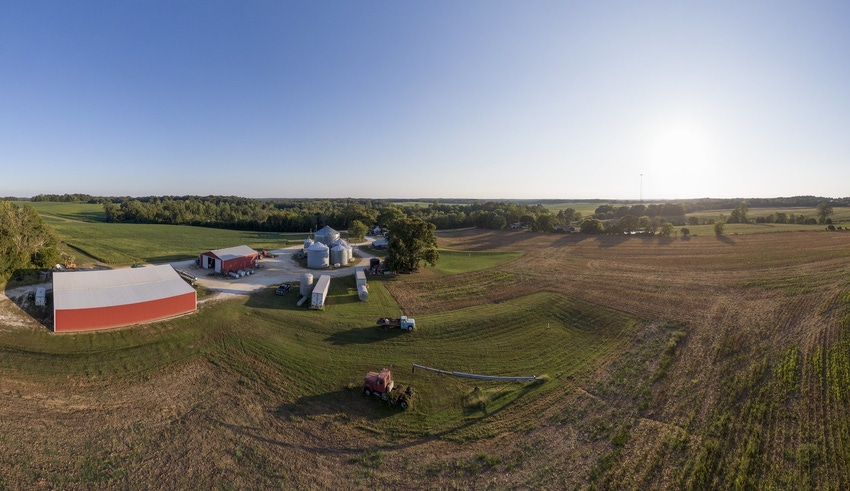
At the onset of the pandemic crisis, and as conditions really were becoming problematic in April, there was an expectation that the ag sector actually would see a decline in land values. Instead, that has not been the case as farmland values have held and even increased, says Nate Kauffman, vice president and Omaha branch executive with the Federal Reserve Bank of Kansas City.
While speaking at the USDA’s Agricultural Outlook Forum on Feb. 19, Kauffman shares, “If anything, we have seen an increase in land values lately and maybe an expectation there is going to be a modest increase between in 2021.”
In 2020, lenders feared a weakness in the ag sector and commodity prices posed challenges with liquidity and ag lenders were worried about repayments and defaults. However, with the infusion of government payments and increasing commodity prices, that wasn’t the case. Contributing to stronger land values includes increases in incomes, but also recognizing again lower interest rates are conducive to those asset prices, Kauffman says.
Another factor is there has not been a lot of land for sale, which Kauffman notes is one of the primary determinants of the last several years holding some of those asset markets strong.
More sales anticipated
National Land Realty, released its first annual land real estate agent and broker survey, and key findings show that there was a significant positive impact on the rural land real estate sector in 2020 with more than half of all respondents experiencing an increase in their business over 2019. And more than 60% see an increase in land values, especially recreational land, and farmland.
“2020 was a strong year for land and 2021 is looking to start out the same way. In fact, almost 90% of our brokers are optimistic that land will do quite well over the next year to 18 months,” says Jason Burbage, president of National Land Realty. “And more than 75% of them believe their business will grow at least five percent, if not more than 10% in that same timeframe.”
Overall, respondents say that land values increased somewhat (60.9%) or significantly (5%) during the pandemic. And 29% saw no change. Last year, respondents saw recreational land increase the most (50.9%), followed by farmland (18%).
In terms of percentage of change, land values overall have increased between 1-5% (44.5%), 6-10% (20%) and more than 10% (9%).
The survey finds the biggest challenges facing the land real estate industry are geopolitical risk (23.6%), financing or interest rate risk (20%), and COVID related issues (17%).
Asset strength
Opening up the ag outlook forum, USDA Chief Economist Seth Meyer reports the 2021 farm assets forecast of $3.18 trillion represents a 1.8% increase from 2020 in nominal dollars. The value of farm real estate assets (land and buildings) accounts for 82.6% of 2021 farm sector assets and is forecast at $2.63 trillion, up 2.2% in 2021 in nominal terms.
Farm real estate debt is also expected to increase, reaching $287.4 billion in 2021, a 3.1-% annual increase from last year. Farm real estate debt as a share of total debt has risen each year since 2014 and is expected to account for 65.1% of total farm debt in 2021.
Read more about:
FarmlandAbout the Author(s)
You May Also Like






